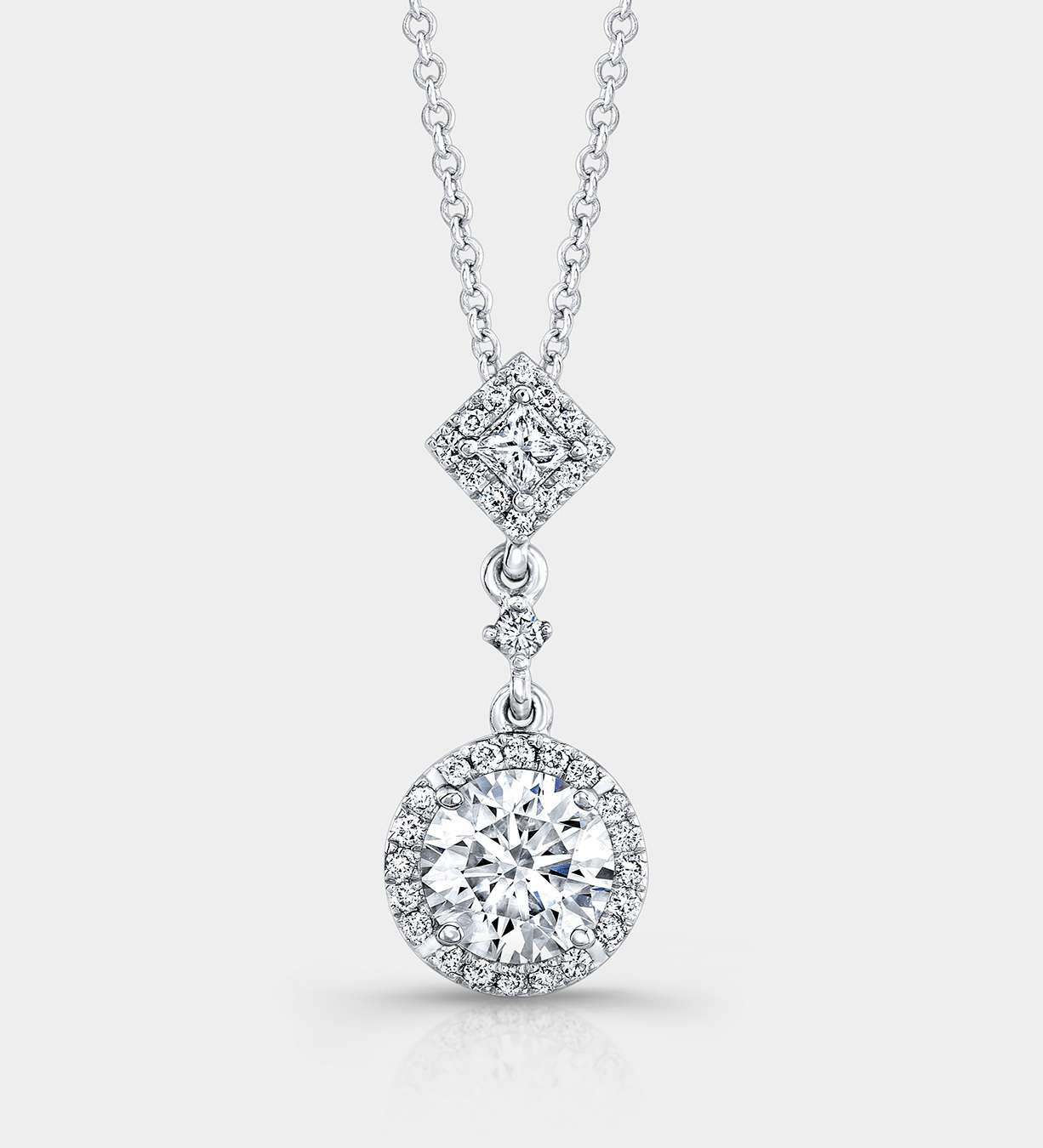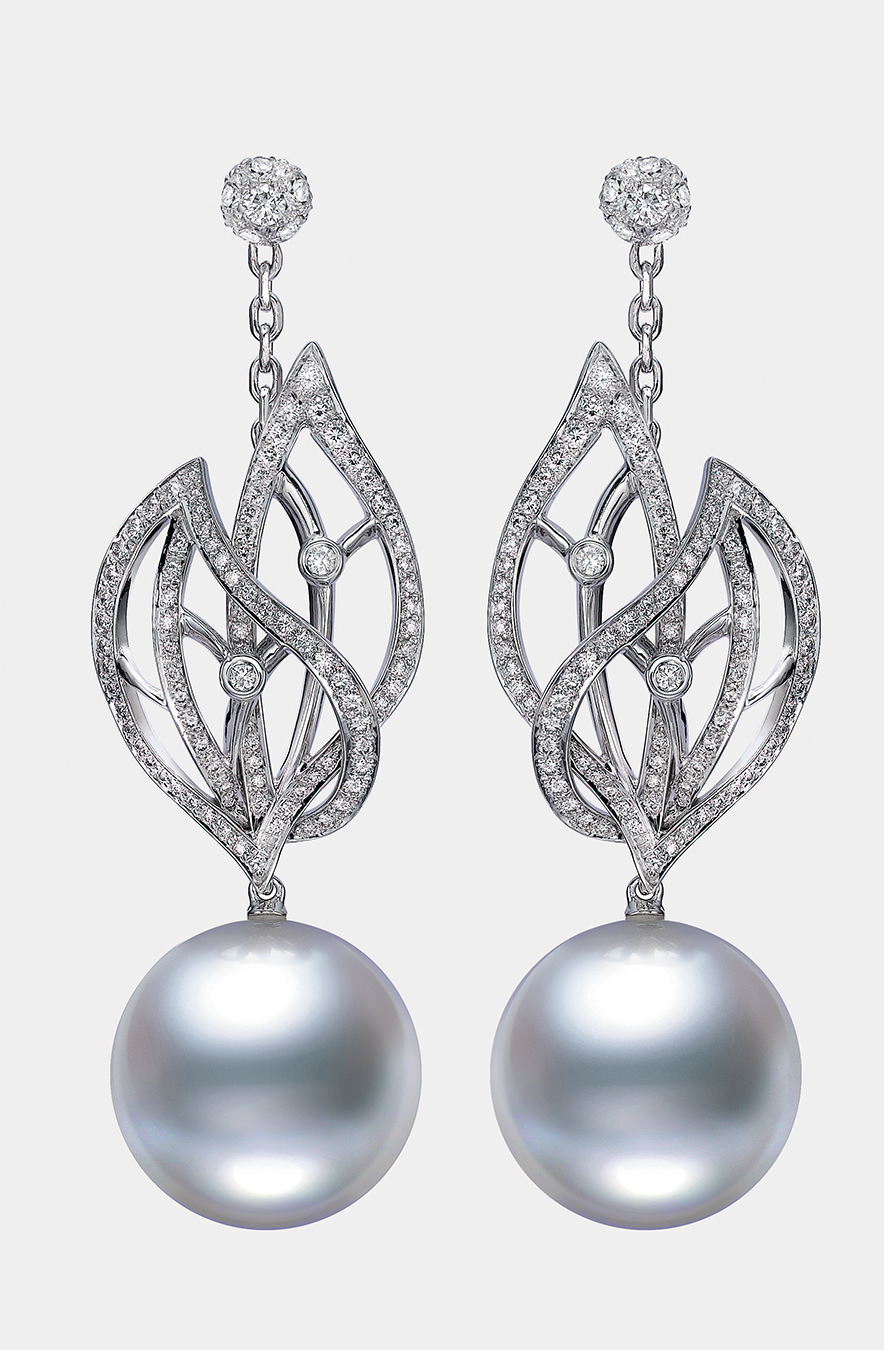-
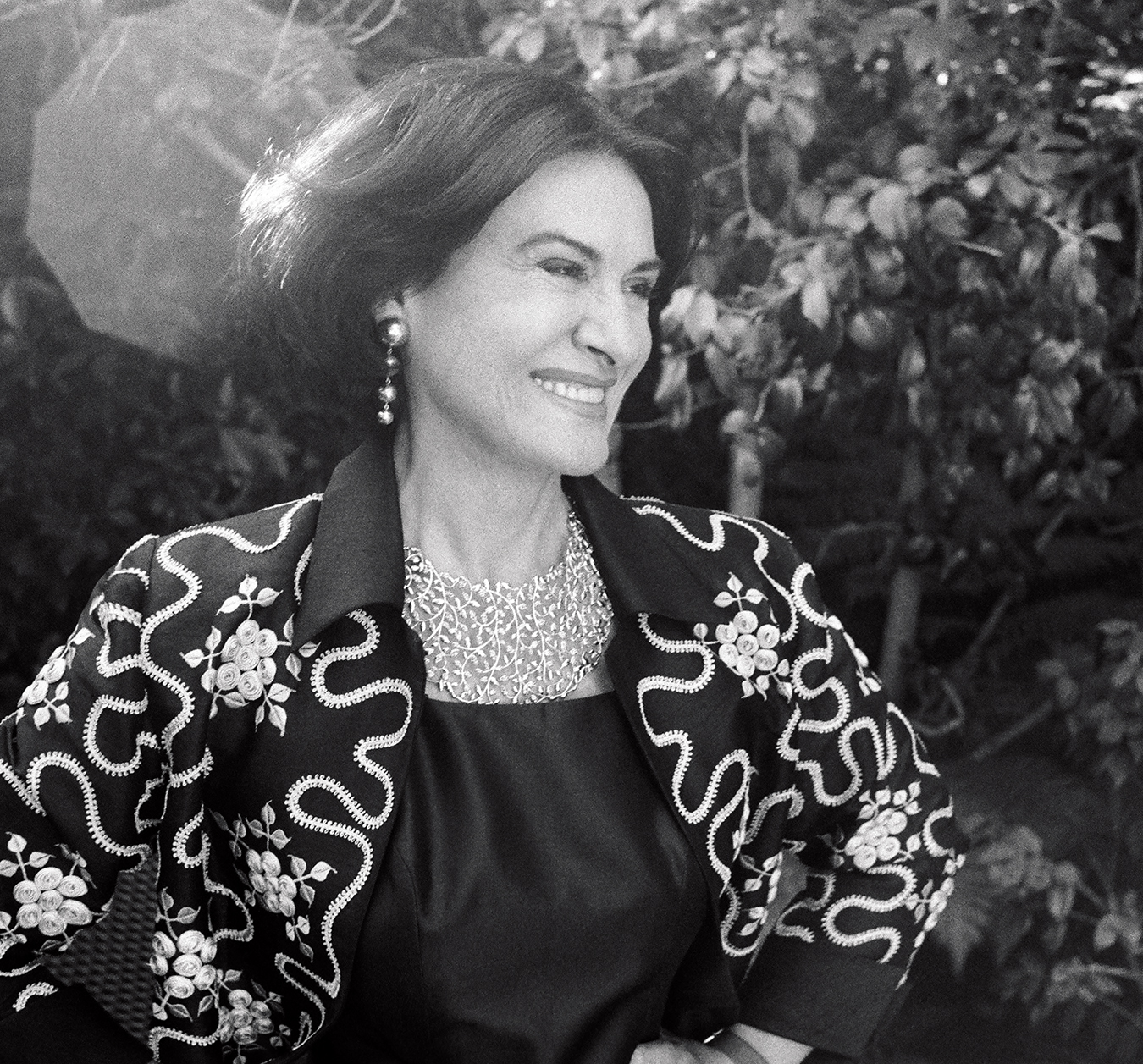
For 33 years, Paloma Picasso, the youngest child of Spanish painter Pablo Picasso and French artist Françoise Gilot, has inspired devotion among women. Picasso’s bold, sensual designs and her use of coloured gemstones have resulted in some of Tiffany & Co.’s acclaimed showpieces; from our spring 2013 issue.
-

“I have always been really attracted by watches,” says Benoit-Louis Vuitton. “When I was a child, I remember collecting them and even saving money during summer holidays to get a new piece”; from our spring 2012 issue.
-
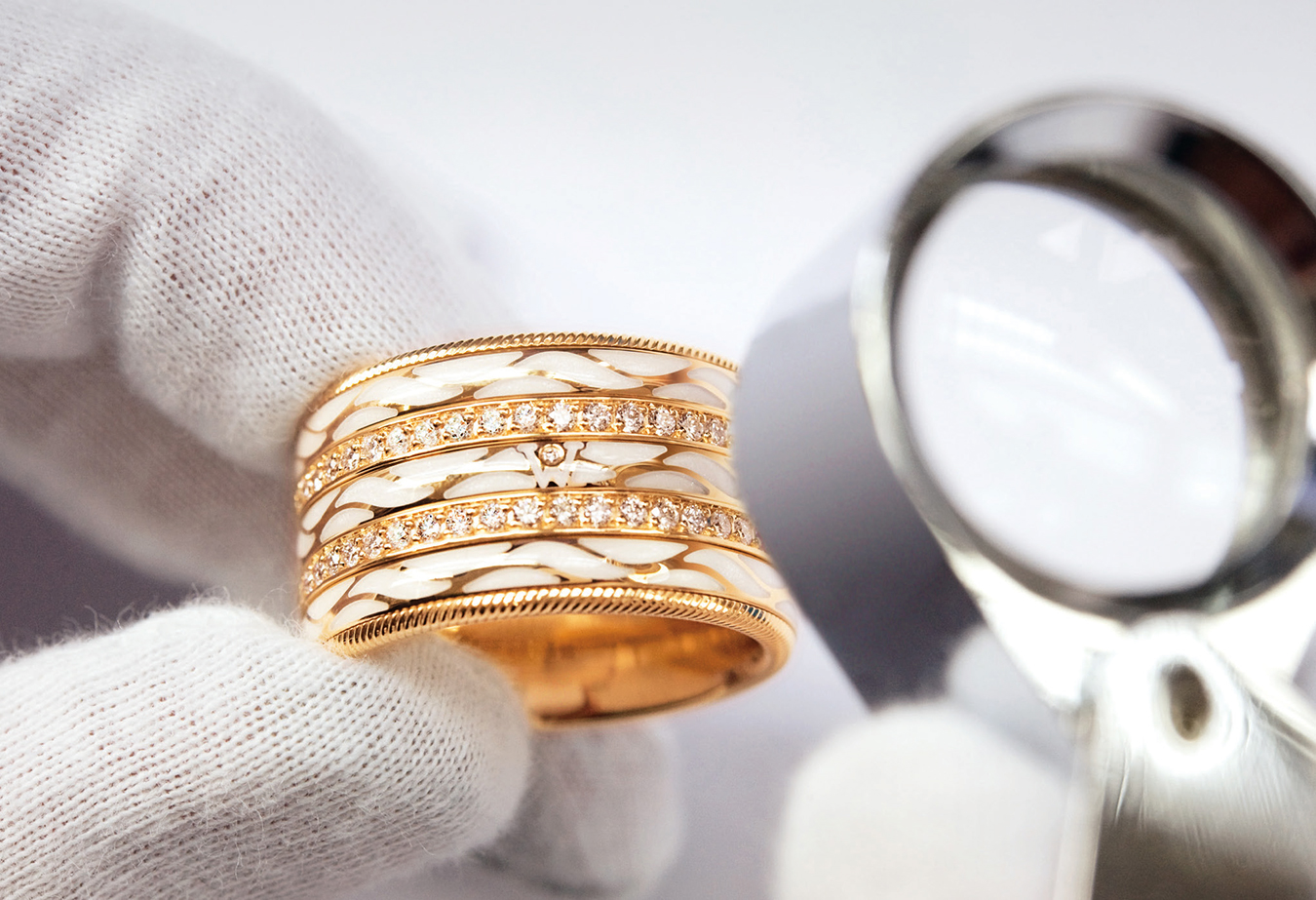
In a market that is dominated by luxury giants, Wellendorff remains one of the few family jewellery companies still standing; from our autumn 2012 issue.
-
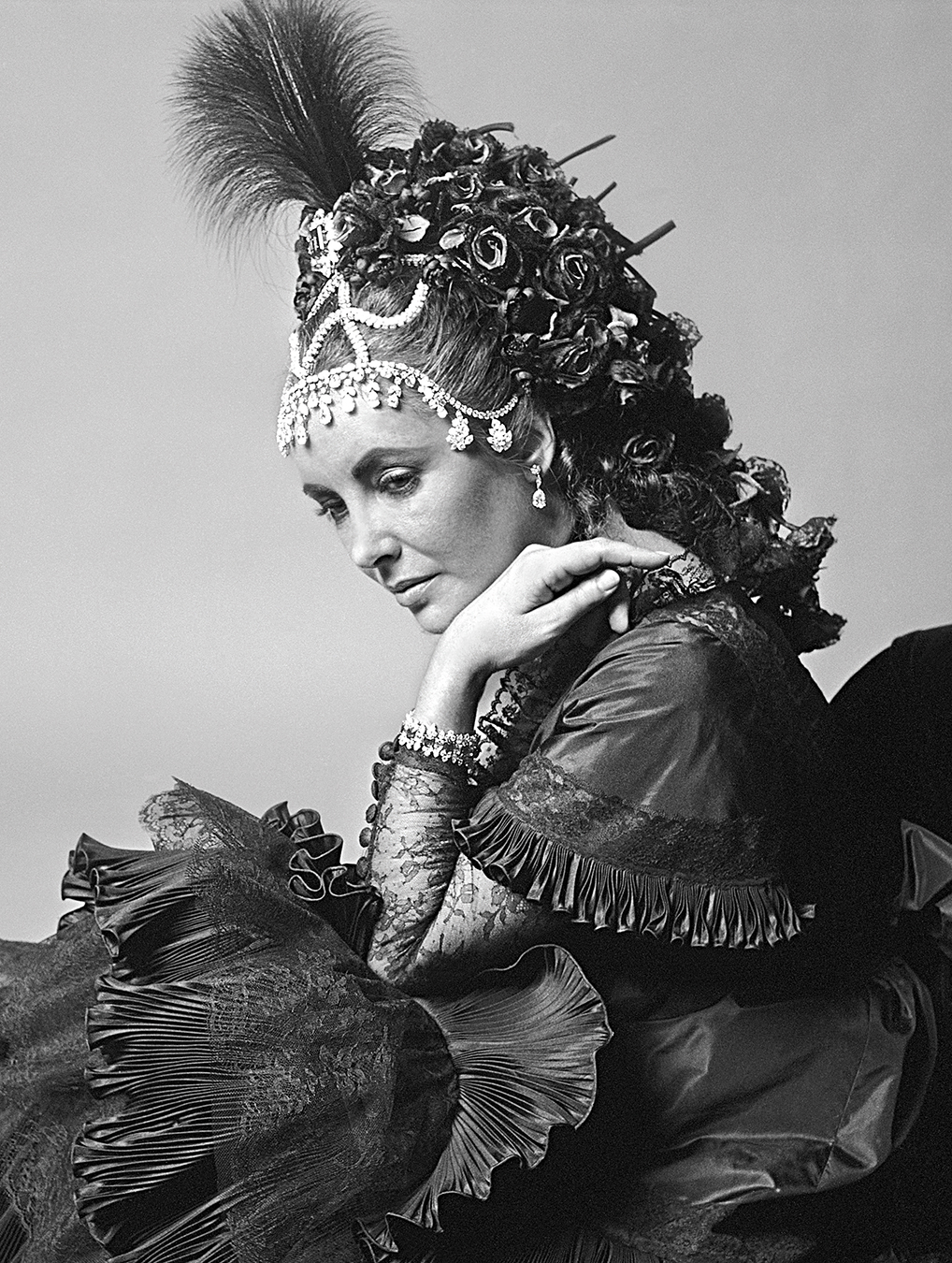
Within the archives of the Paris-based jewellery house Van Cleef & Arpels, there is 100 years’ worth of gouache drawings, photos of finished pieces, and snapshots of elite patrons—from Elizabeth Taylor to Princess Grace of Monaco—draped in elaborate gowns and wearing some of the heaviest pieces of haute joaillerie ever created; from our winter 2011 issue.
-
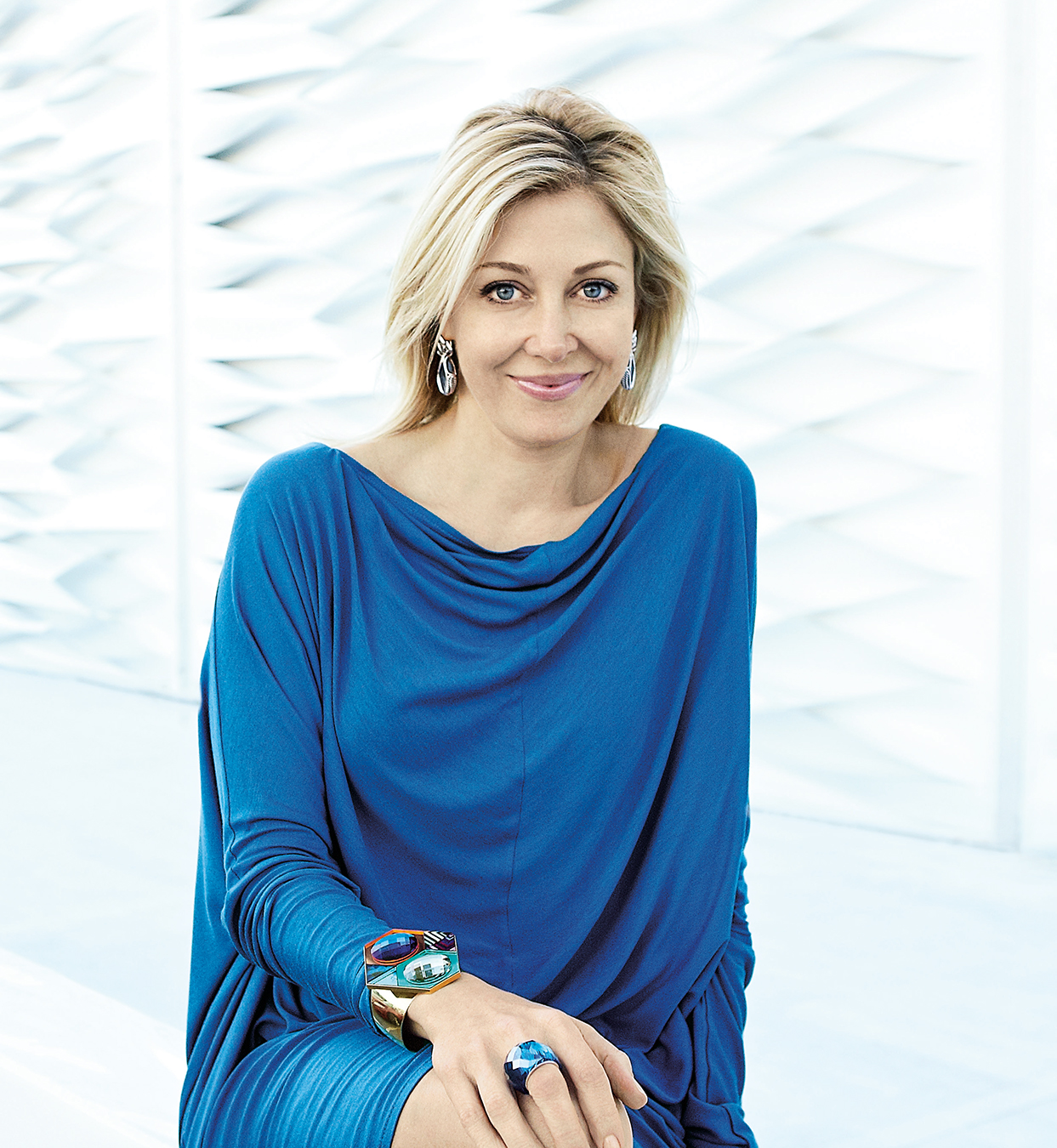
Nadja Swarovski is a striking woman. She is also the great-great-granddaughter of Daniel Swarovski I, the man who founded the crystal company more than a century ago; from our spring 2011 issue.
-
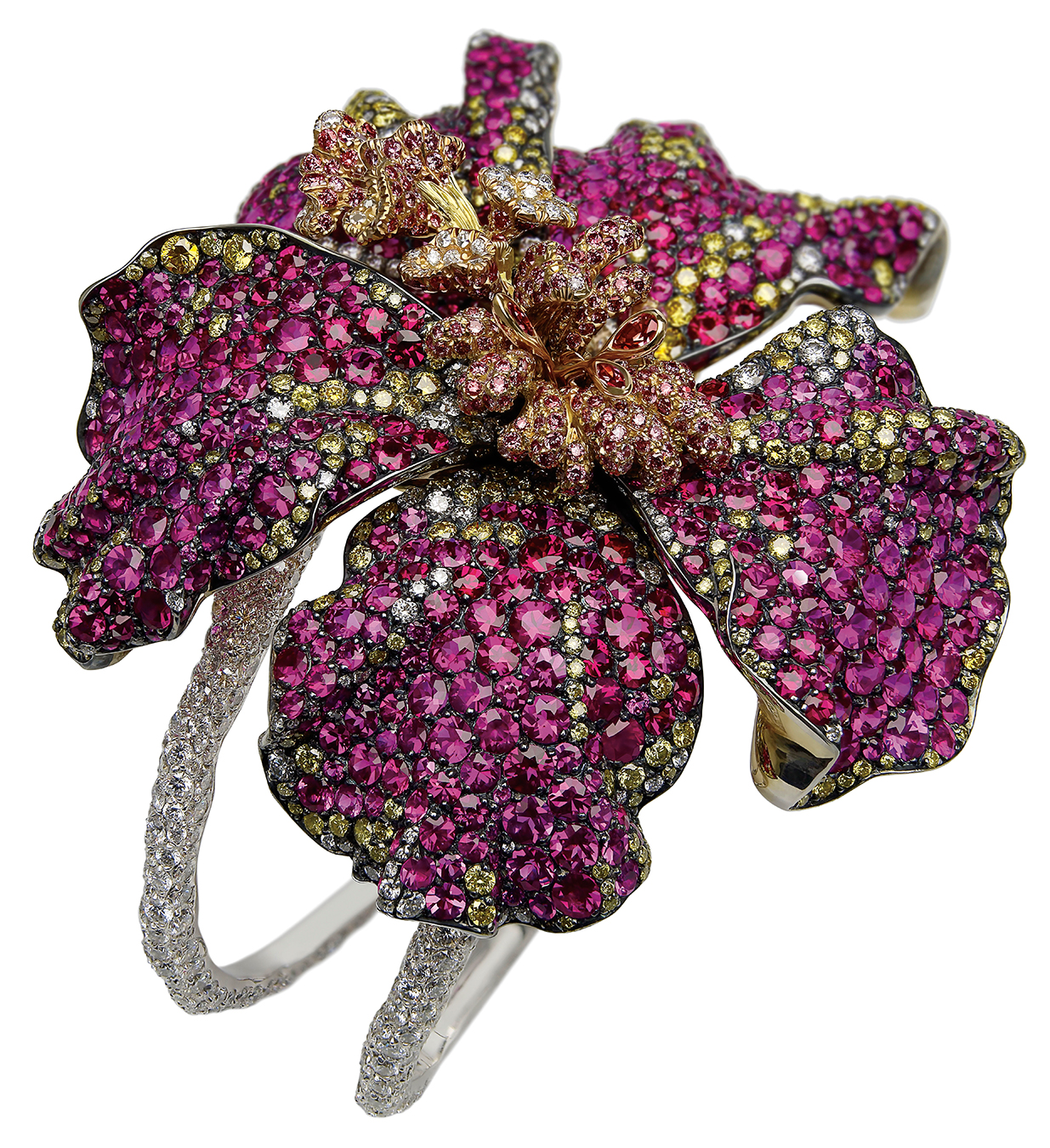
Russian goldsmith Fabergé was first recognized in 1882 when Czar Alexander III and his wife, Maria Feodorovna, bought one of his first creations, a pair of gold cufflinks; from our summer 2010 issue.
-
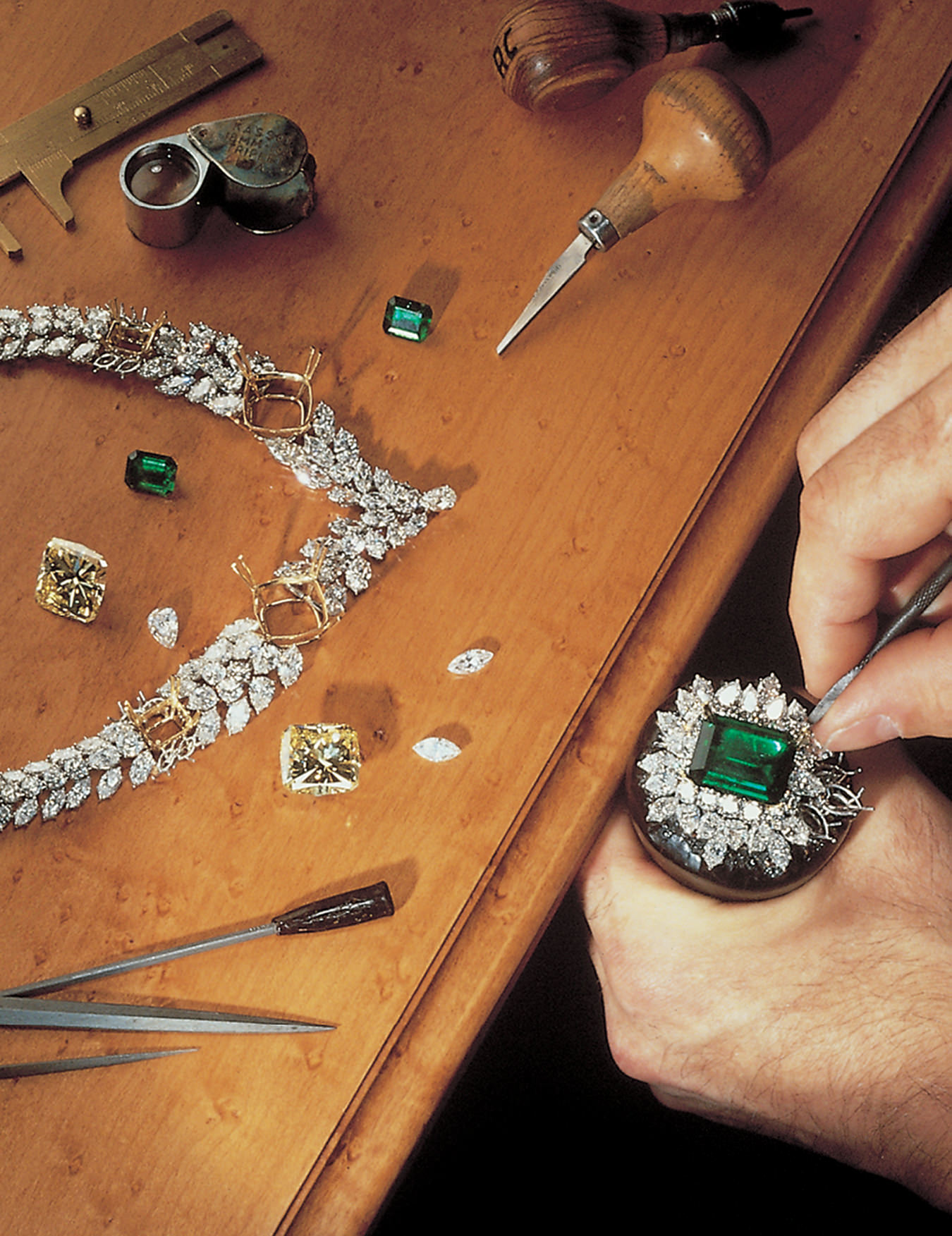
This is where the Harry Winston shop holds discreet sway as it has since 1947, and where the unphotographed but intensely real, and intensely articulate, Ronald Winston plies his many talents.; from our spring 2002 issue.
-
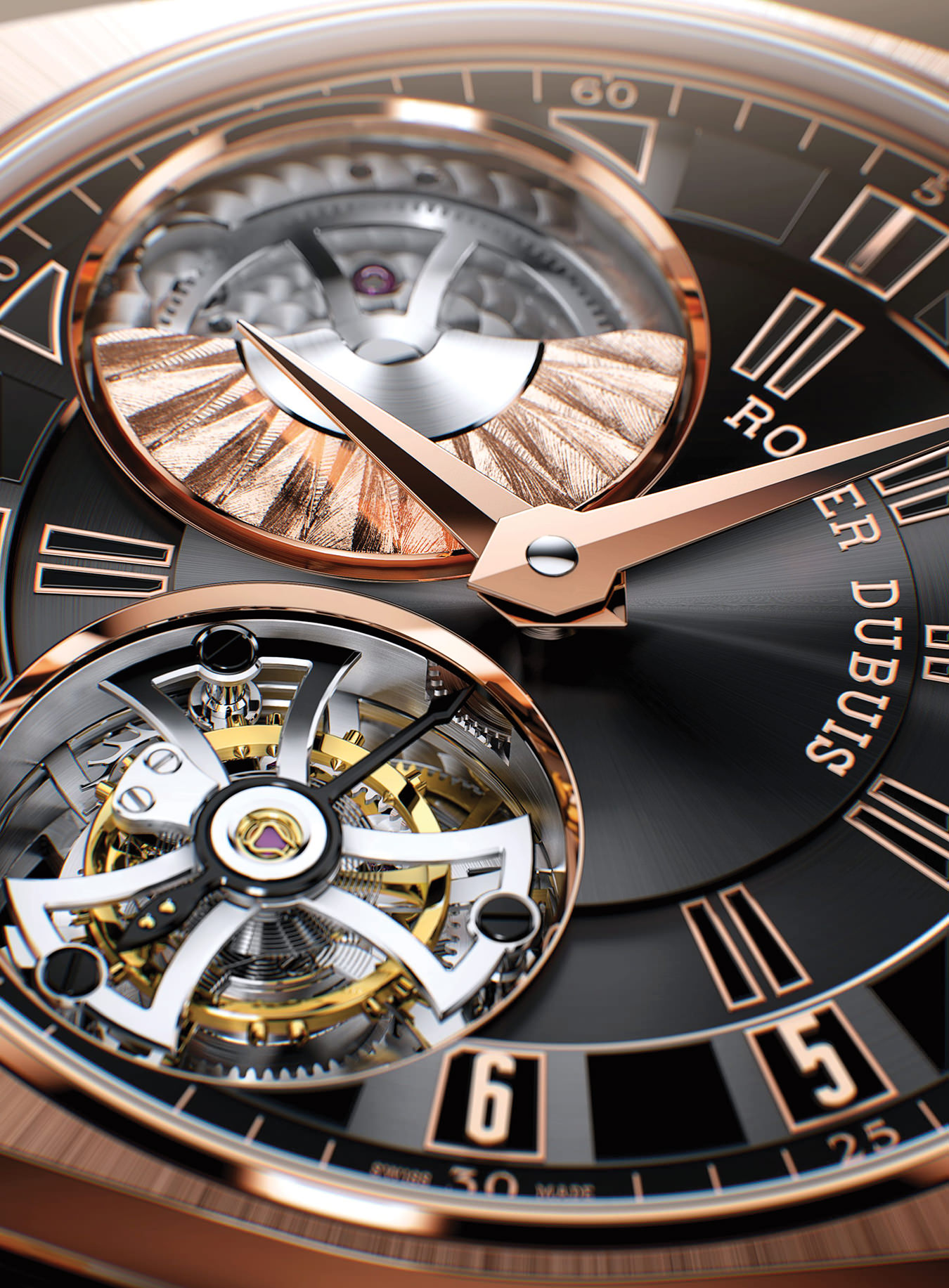
In Monaco’s Only Watch Auction, watch manufacturers bring out their best in hopes of fetching the highest prices—for a good cause; from our autumn 2013 issue.
-

For Count Lorenzo Rossi, Birks was a rare thing: “The brand loyalty to Birks was absolutely profound. These kinds of brands are extremely rare in the world.” Certainly, the Birks name, since its inception in Canada in 1879, has represented quality, along with design innovation, service, and to some degree, exclusivity; from our autumn 2006 issue.
-
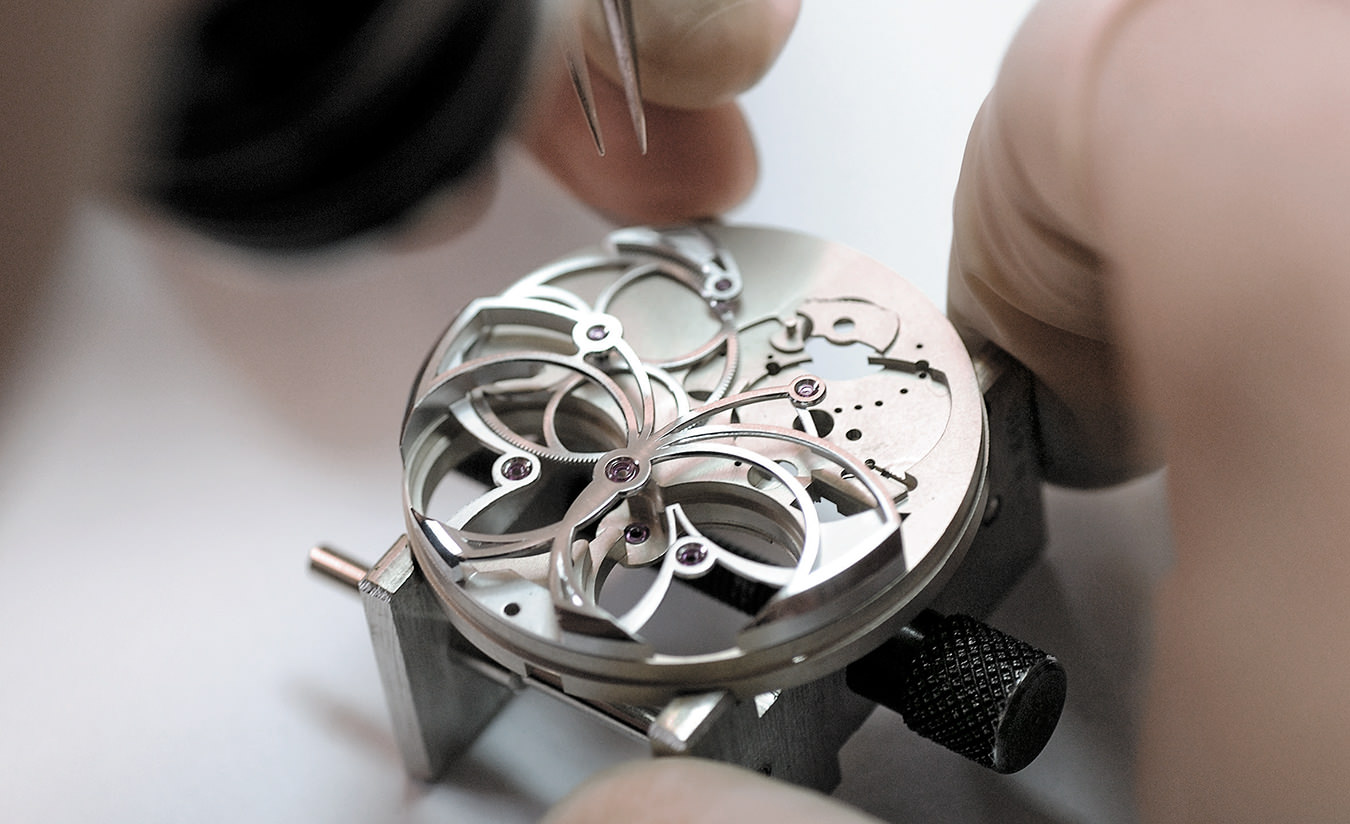
In the deeply traditional world of mechanical watchmaking, brands tend to develop their models at a speed more akin to biological evolution than modern product design. Harry Winston’s Opus watches are anything but traditional; from our winter 2012 issue.
-
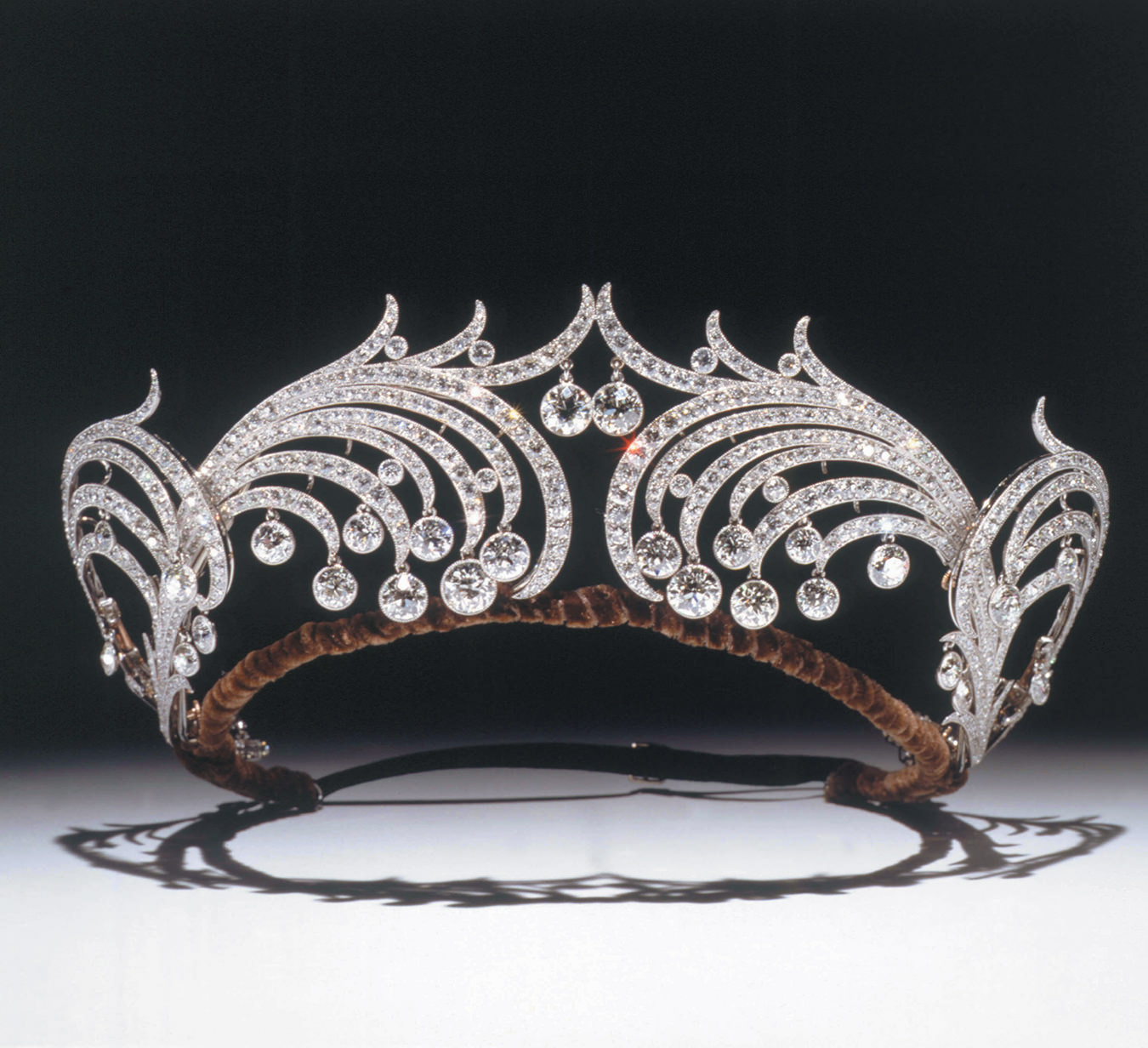
Gold wreaths from 350 BC, shaped into olive and branch shapes, are the first diadems, or tiaras. Experts rely on paintings and sculpture to trace the history of ornamental headpieces, and they have been able to go that far back; from our winter 2002 issue.
-

MB&F horology puts a new spin on the traditional wheels of watchmaking; from our winter 2013 issue.
-

As his title suggests, Duke Fulco di Verdura was born into European aristocracy, in 1898. He was raised in splendour at his family’s 18th-century estate, Villa Niscemi, near Palermo, Sicily, surrounded by lush, semi-tropical gardens and lavishly decorated rooms; from our spring 2012 issue.
A Look Back: Jewellery and Timepieces
Celebrating our 15th anniversary.
There is a certain confidence that comes with being well adorned, and the art of jewellery and watch design has captivated us for decades. Some pieces are such standouts that we centre our morning dress routine around them, while some provide a decorative finishing touch. Others, still, are so precious they’re revealed only on the most special of occasions.
Much like those they dress, the brands, designers, and manufacturers that we have spoken with over the past 15 years have their own dynamisms: Paloma Picasso’s designs are bold and sensual; MB&F horology offers unparalleled imagination and invention in the watchmaking industry; Wellendorff jewellery is distinguished by its rich enamel designs and silky gold ropes. Through their pristine settings, superior functionality, and the striking beauty of their designs, these industry greats continue to convert buyers to collectors.


